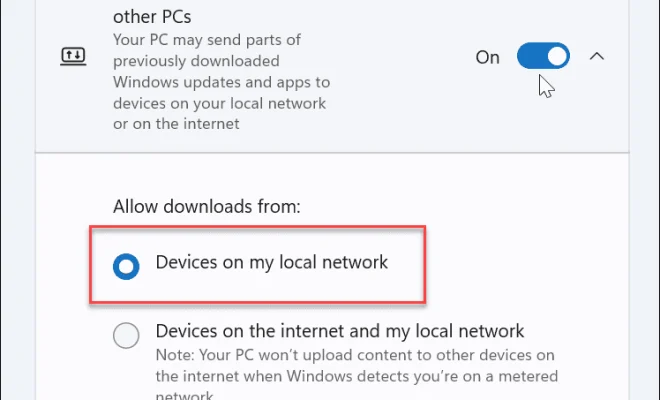How to Get Wi-Fi Without an Internet Service Provider

In today’s digital age, Wi-Fi has become a basic necessity. Whether you’re streaming your favorite show on Netflix, working from home, or simply keeping in touch with your loved ones, a stable Wi-Fi connection is almost always required. However, not everyone has the luxury of subscribing to an Internet Service Provider (ISP) for a Wi-Fi connection. That said, there are several alternatives available that can provide you with a Wi-Fi connection without having to rely on an ISP. In this article, we’ll discuss some of the ways to get Wi-Fi without an Internet Service Provider.
Mobile Hotspots
One of the easiest ways to get Wi-Fi without an ISP is to use a mobile hotspot. Most smartphones these days come with an option to create a mobile hotspot. This option allows you to share your mobile data connection with other devices using Wi-Fi. All you need to do is turn on the mobile hotspot feature on your phone, and connect your device to the Wi-Fi network created by your phone’s hotspot.
While mobile hotspots are convenient, they come with one caveat – you’ll need a reliable mobile data connection. If you don’t have mobile data coverage in your area, or you’ve used up your mobile data plan’s quota, then a mobile hotspot won’t work.
Public Wi-Fi
Another alternative to getting Wi-Fi without an ISP is to use public Wi-Fi. Most coffee shops, restaurants, and airports offer free Wi-Fi to their customers. All you need to do is connect to the Wi-Fi network, and you’re good to go.
While public Wi-Fi is free, it’s not always reliable. Public Wi-Fi networks are prone to congestion, making it difficult to get a fast and stable Wi-Fi connection. Moreover, public Wi-Fi networks are not secure, which means any data you send or receive over a public Wi-Fi network is vulnerable to hacking.
Satellite Internet
If you live in an area with no access to cable or DSL internet, you can opt for satellite internet. Satellite internet is a type of internet connection that uses a satellite to communicate with the internet. The satellite is placed in geostationary orbit, which means it’s always in the same position relative to the earth. This allows the satellite to provide internet connectivity to remote areas that are out of reach of traditional ISPs.
While satellite internet is an excellent option for areas with no other connectivity options, it comes with several disadvantages. For one, it’s more expensive than traditional ISPs, and the speeds are generally slower. Moreover, satellite internet connections have high latency, making them unsuitable for online gaming or real-time applications.
Mesh Networks
Finally, you can create a mesh network to get Wi-Fi without an ISP. A mesh network is a decentralized network that allows devices to communicate with each other directly. In a mesh network, each device acts as a node, relaying data to other nodes until it reaches its destination.
You can create a mesh network using several devices, such as routers, access points, or even smartphones. Mesh networks are an excellent option for areas where traditional ISPs are unavailable, such as rural areas.






